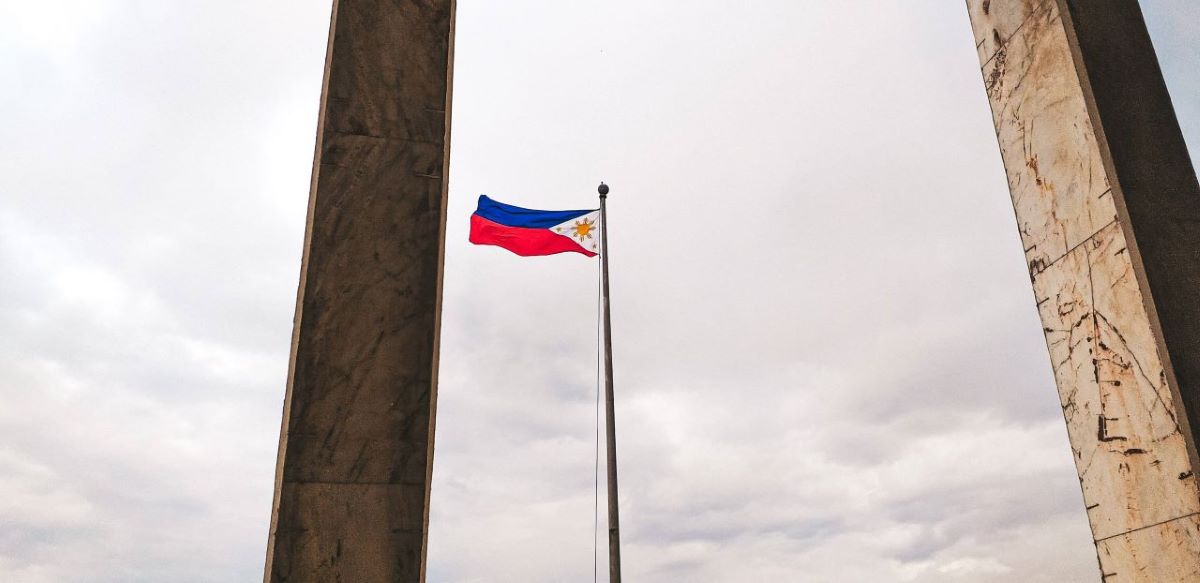Cavite is one of the richest provinces in the Philippines when it comes to history with famous cities such as the Second Summer Capital of the Philippines which is Tagaytay City. The province is considered to be the “Historical Capital of the Philippines” because it is where the revolution first sparked and succeeded.
So, if you’re looking for a condo for sale in the Philippines, or maybe a house where your family can grow close to so much culture and history, Cavite is your destination.
Ten historical sites you can find in Cavite:
1. Julián Felipe Monument
Julián Felipe was a native Caviteño and is well known to be the composer of the Philippine National Anthem. He fell in love with music at an early age of 10 years old, playing the piano and the organ until he became the official organist at St. Peter’s Parish Church.
Aside from playing for the church, he was also a composer and professor of music. Little did he know that his passion and talent for the musical arts would eventually catch the attention of former president Emilio Aguinaldo.
The then-president commissioned Felipe to compose a touching song that embodies the nobility of the Filipinos. After that, he was appointed as the Director of the National Band of the Philippine Republic.
The Philippine National Anthem (first called Marcha Nacional Filipina) was then played for the first time at the home of Emilio Aguinaldo in Kawit, Cavite, on June 12, 1898.
As a tribute to this enormous contribution to the history of the country, the Julián Felipe Monument was erected in Cavite City in 1958. You can drive to the monument using Waze through this link.
2. Corregidor Island
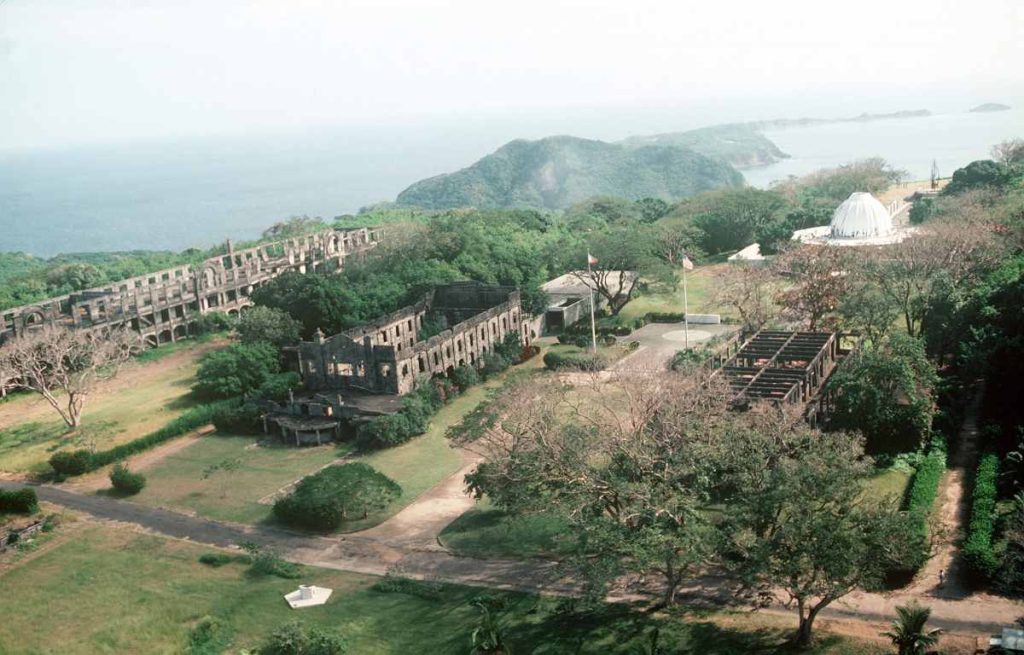
Corregidor Island is one of the largest islands that is strategically located at the entrance of Manila Bay and south of Bataan province. It used to be a fishing village, complete with a signal station and lighthouse to guide the entry and departure of ships in Manila Bay.
However, because of its strategic location, the American colonizers built fortifications on the island, including tunnels, anti-aircraft guns, an underground command center, long-range tractor guns, and a hospital for soldiers.
The island became a crucial combat zone during the battle between the allied forces and the Japanese Imperial Army. Of all the strongholds or forts during the war, Corregidor was the last one to fall.
These days, rust-stained cannons and artillery serve as a reminder and memorials for our soldiers. On the flip side, it is also now one of the most popular tourist destinations in the country, with numerous resort facilities and even a first-class hotel.
If you’re into scary stuff, the island also has its fair share of horror stories.
Because of its bloody history of war and death, many locals believe it to be one of the most haunted places in the country. With ruined buildings still standing today, some scenes on the island can look like they came out of a horror film.
To visit the island, just take the Sun Cruises ferry at the Esplanade, Seaside Terminal of SM Mall of Asia Complex. They only provide one round trip a day, so you are required to book a reservation before your trip. Corregidor is one (1) hour and fifteen (15) minutes away from the port.
3. General Emilio Aguinaldo Shrine
The General Emilio Aguinaldo Shrine is the ancestral home and birthplace of the first President of the Philippines, located in Kawit, Cavite. It was initially built in 1845 using wood and thatch and was then reconstructed in 1849.
Although, the house isn’t exactly a “house.” It is a five-story, 1,324 square meters mansion with Malayan, Baroque, and Roman influences.
Aside from being an ancestral home, the shrine also witnessed numerous historical and vital events in the country. For starters, it was where the Philippine National Anthem was first played, serenading the first-ever Philippine Flag made by Marcella Agoncillo.
Moreover, it was within the walls of this ancestral home where Emilio Aguinaldo proclaimed the country’s independence or the official Araw ng Kalayaan from Spain on June 12, 1898. These days, top government officials still raise the country’s flag in this shrine every year during Independence Day.
After sixty-five (65) years from the day of independence, General Emilio Aguinaldo donated the property to the Philippine Government. The mansion was then declared as a National Shrine by former President Diosdado Macapagal on June 18, 1964.
If you want to visit the General Emilio Aguinaldo Shrine, here’s the way, according to Waze.
4. Naval Station Sangley Point
Sangley Point is located southwest of Manila, and it serves as the communication and hospital facility of the Navy of the United States of America. It sits in the northern area of Cavite City, surrounded by Manila Bay.
The station’s runway was built after World War II and was used by maritime patrol and anti-submarine warfare aircraft of the United States. During the Vietnam War, U.S. Navy patrol squadrons used the station on six-month rotations.
In 1971, the United States officially turned over the naval station to the Philippine government. It is now used by the Philippine Navy and Philippine Air Force to repair ships and dry docking.
If you want to take in some of the country’s air and naval history, there are numerous local restaurants and hotels near the maritime station. You can check out Sangley Point Bar and Grill, Trojans Cafe, and Canteen Ni MAMA for some local food choices.
It is also worth mentioning that the planned Sangley Point Airport will be built there. An airport right outside Metro Manila which aims to service the capital region, aside from NAIA.
5. Bonifacio Trial House (Museo ng Paglilitis ni Andres Bonifacio)
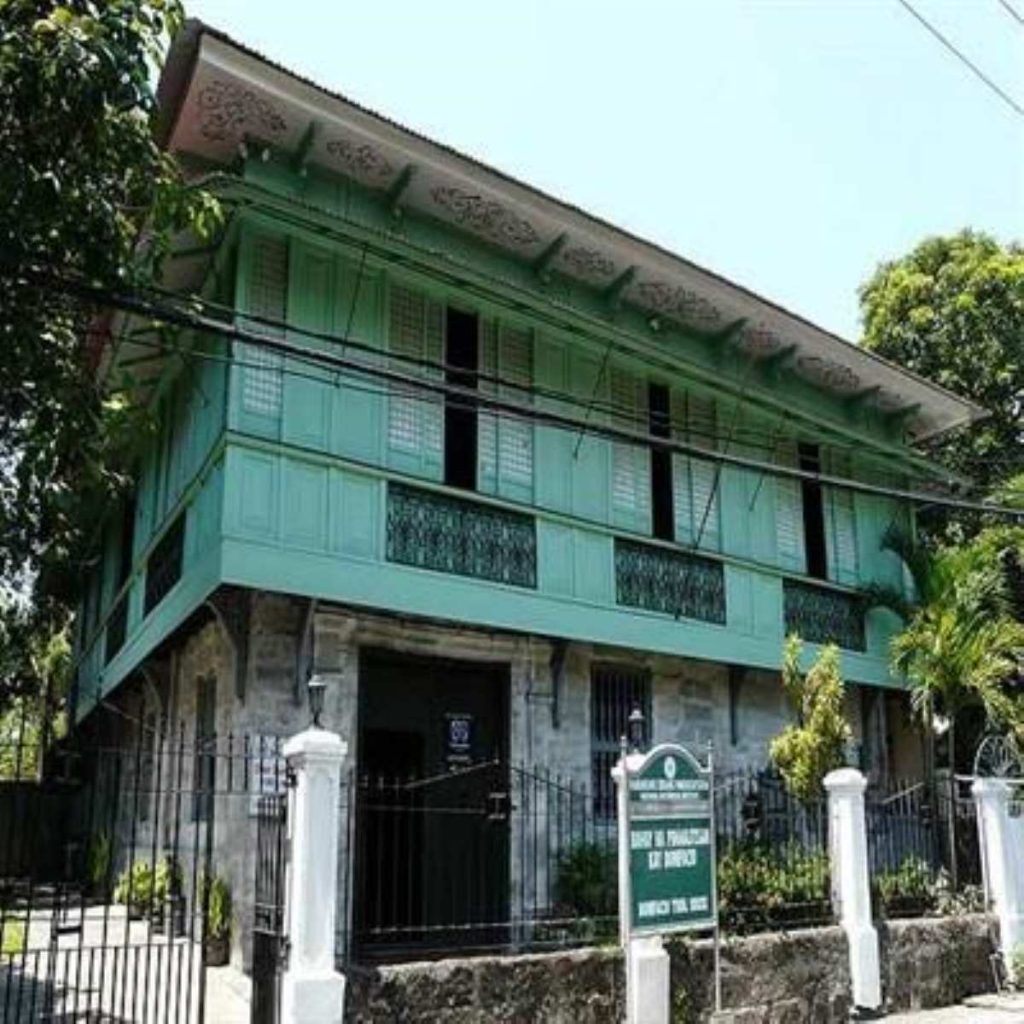
photo from travelmyglobe.com
During the battle between the Spanish and the Filipinos, the Katipuneros in Cavite celebrated victories. However, the fighting of the troops headed by Andres Bonifacio in San Juan del Monte and Montalban wasn’t so lucky. Magdalo members then criticized Bonifacio’s leadership.
To solidify the political leadership of the Revolution, the leaders of Cavite called for an assembly in Tejeros, which was called The Tejeros Convention. The convention agreed to put Aguinaldo as President, but Bonifacio refused to recognize the new government and established a separate government in Naic, Cavite.
Because of his acts, Bonifacio and his family were arrested and tried at the Bonifacio Trial House, which was the house of Roderico Reyes in Maragondon, Cavite. Consequently, Bonifacio was found guilty of treason and was executed on May 10, 1897.
Today, the trial house stands as a museum and was formally inaugurated in November 2014. The museum serves as the home of life-size dioramas that depict Andres Bonifacio’s trial scene.
If you’re looking for a historical spot to visit, you can drive to the Museo ng Paglilitis ni Andres Bonifacio and let Waze guide your way.
6. Battle of Alapan Monument
A five-hour-long fierce battle erupted at Alapan, Imus, Cavite, where Filipino soldiers fought a close-range war with heavy Spanish resistance. While our troops only fought with Mauser rifles and bamboo canons, they still won because they had more ammunition than the Spaniards, which led to their surrender.
The Battle of Alapan was the first military victory of General Emilio Aguinaldo. After the fight, Aguinaldo hoisted the first Philippine flag in Cavite Nuevo (now known as Cavite City), where the flag was also “baptized by fire” on May 28, 1898.
The Battle of Alapan Monument serves as a reminder of this victory, and it stands with a 104-foot tall flagpole. At the center of the marker, a statue of a woman proudly holds a Philippine Flag. This monument is considered a national historic landmark.
If you’re looking for a house and lot in Cavite that’s near a historical landmark like this monument, contact a real estate expert today.
7. Battle of Binakayan Monument
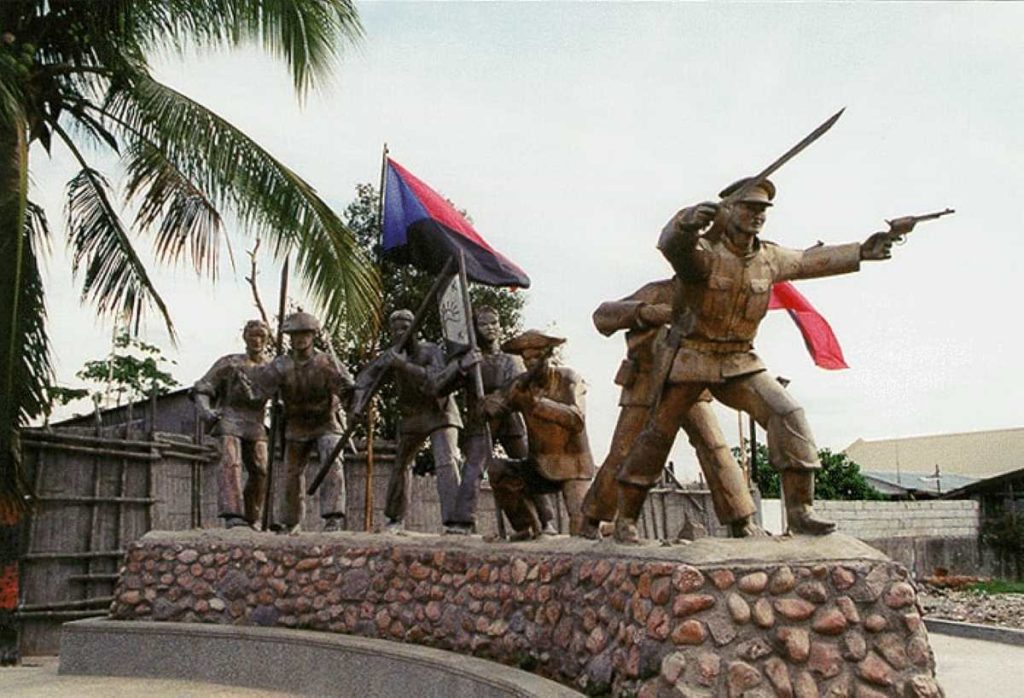
photo from cavite.gov.ph
The Battle of Binakayan was one of the fiercest battles between the Spaniards and the Filipinos. The war lasted for two days at the shores of Binakayan until the Spanish army withdrew, making it the first meaningful Filipino victory over a colonial power.
The Binakayan war happened at precisely the same time as the battle of Dalahican, where about 3,000 Spanish soldiers marched towards the area. Luckily, the Filipinos were also victorious after pestering the enemy with musket fire, archer shoots, and melee charges.
Failing to subdue the Filipino forces, the Spaniards were forced to withdraw to Cavite City instead of Manila because of the simultaneous victory at Binakayan. Their retreat was the conclusion of the battle.
After the Binakayan war, Emilio Aguinaldo used this victory to reinforce his position on the Katipunan over Andres Bonifacio. However, over a month after the battle, the Philippines’ National Hero, José Rizal, was executed.
The monument of the Battle of Binakayan is the site where the bloody war occurred. It depicts the Filipinos’ struggle for independence that today’s generations now enjoy. You can go for a quick drive to the monument while you look for a house and lot in Cavite.
8. Battle of Imus Monument
The Battle of Imus was the first significant battle between the Filipinos and the Spanish colonial regime in Cavite. Aguinaldo’s men were victorious in this battle, and it became the spark that reignited the revolution in Bulacan.
Emilio Aguinaldo’s victory at the battle of Imus also served as his stepping stone from a flag lieutenant to a General. He was recognized as General Miong in Cavite, where he was considered to be the hero of the revolution in the province.
The Battle of Imus Monument pays tribute not only to the victory of Aguinaldo but also to those who fought with him to liberate the province. The sculpture depicts Aguinaldo leading seven Filipino soldiers with a Philippine flag as a backdrop.
If you’re in the area, this colossal monument is relatively easy to spot. You can Waze the site through this link.
9. Immaculate Conception Parish Church
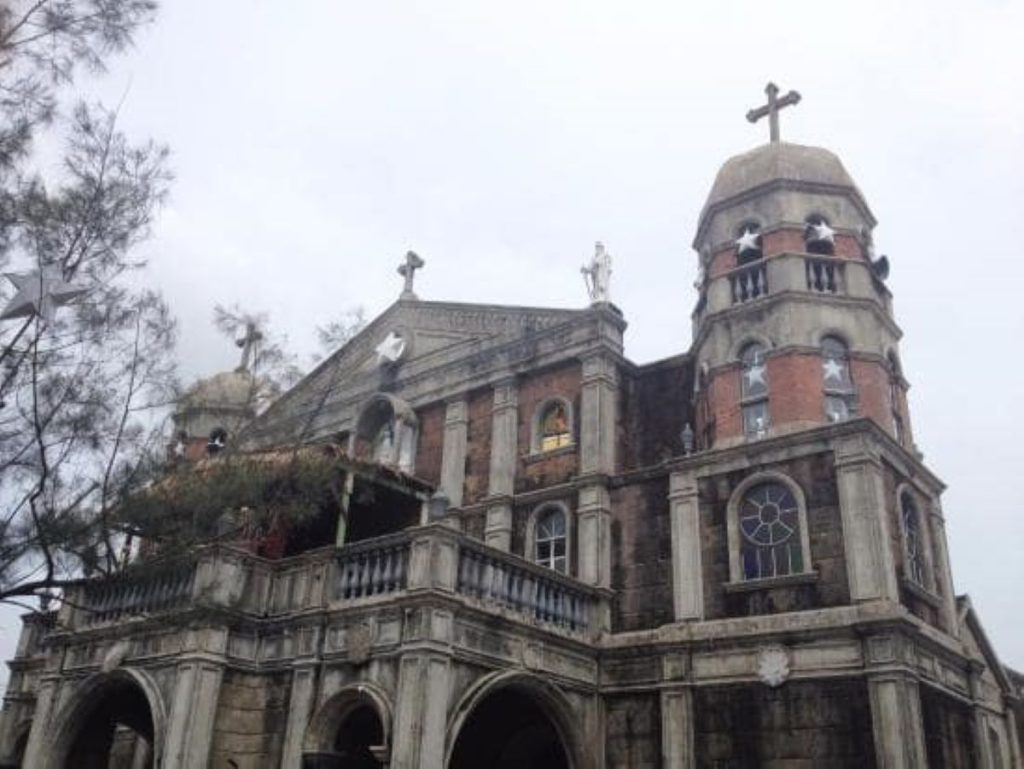
Also known as Dasmariñas Church, the Immaculate Conception Parish is the first Catholic parish church in the province of Dasmariñas, Cavite. Just like most Spanish churches, this one is constructed from stone and was built after the province was established as a separate parish.
Clearly, the architecture of the church itself is history. However, its walls bore witness to the bloodshed that occurred during the Battle of Perez Dasmariñas. The convent where the revolutionaries were hiding was set on fire by Spaniards.
In the Japanese occupation, enemy soldiers detained suspected members of the resistance inside the church. Numerous residents were executed during their occupation.
Because of the crucial events that occurred in the church itself, the National Historical Commission of the Philippines declared a historical structure or marker in 1986. Here’s the Waze link to the church if you want to visit or attend their masses.
Check Out Ponticelli, Our Subdivision Along Daang Hari!
10. General Trias Church
General Trias Church, also known as St. Francis of Assisi Church, was the first church established by the Franciscans and was then transferred to the Jesuits of Cavite City (formerly Cavite Puerto) in 1624, and then finally becoming a separate parish in September 1753.
Adjacent to the church is a convent that has significant historical value because it was where Banda Matanda, a local marching band, practiced the music of the Philippine National Anthem. The band was the first to perform the march during the Declaration of Philippine Independence.
The National Historical Commission of the Philippines declared General Trias Church as a historic structure in 1992. If you’re currently on your way to look for a house and lot in Cavite, don’t hesitate to visit the church and the convent.
Find Your New Home in the Province of Cavite With Crown Asia
With so much Filipino culture and history oozing from the grounds of Cavite, we can assure you that this is one of the best places in the country to start a family. With our help, we can find the perfect high-end home that fits your family’s needs.
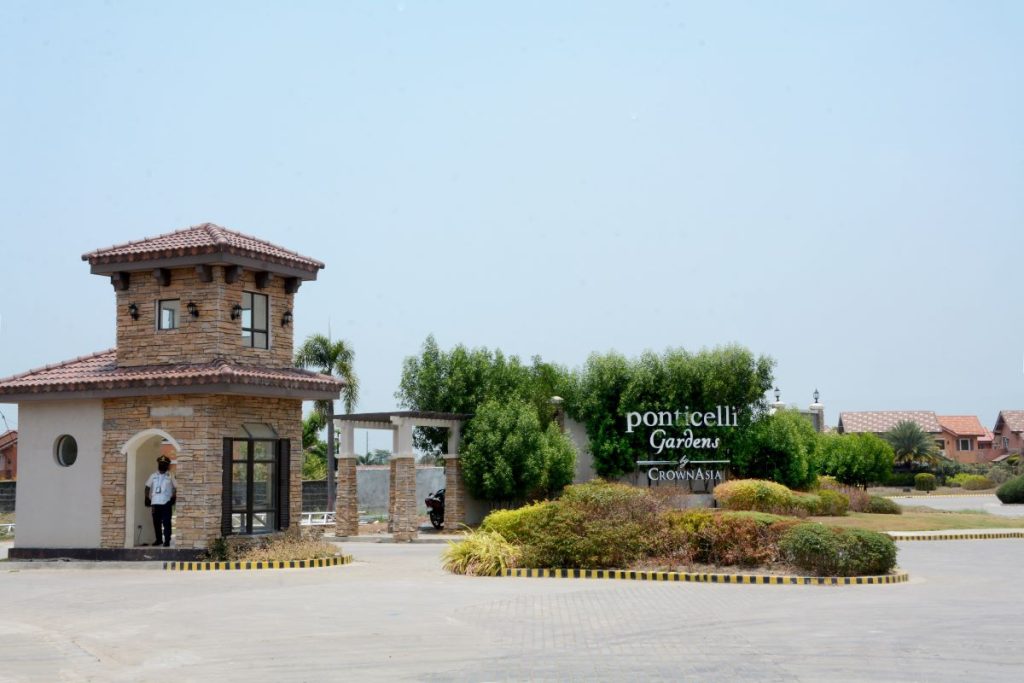
Crown Asia specializes in premium real estate, and we guarantee that all of our agents are equipped with the eyes and skills to find you an elegant, sophisticated home. Be it for condos for sale in the Philippines or properties in Citta Italia, Bacoor and Ponticelli, Daang Hari. We can handle it.
Read More: Being a Tourist in Your Own Neighborhood in Cavite


